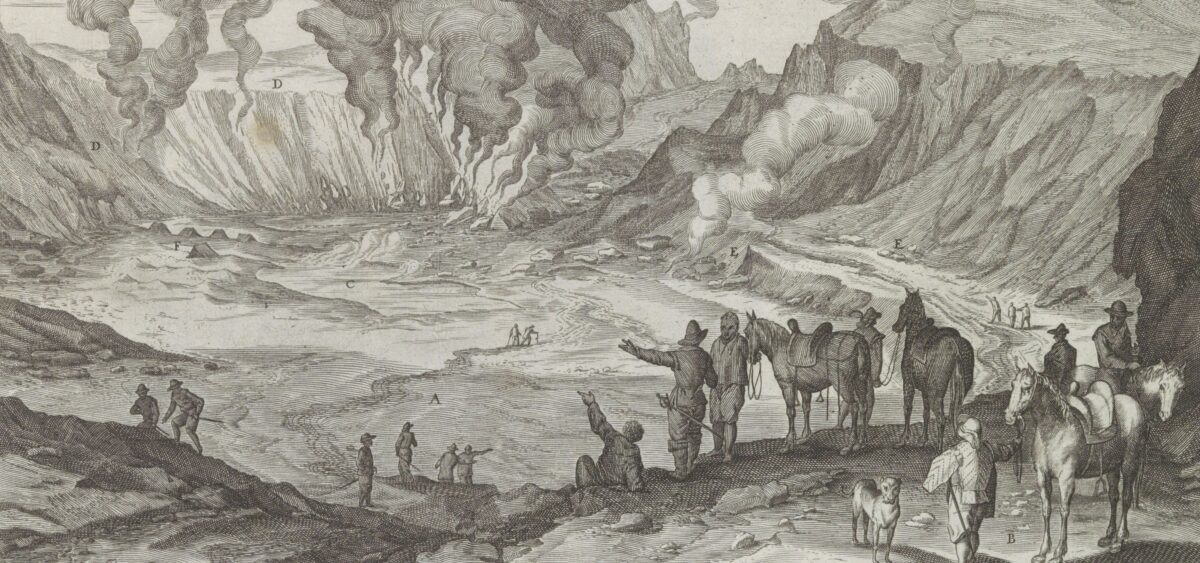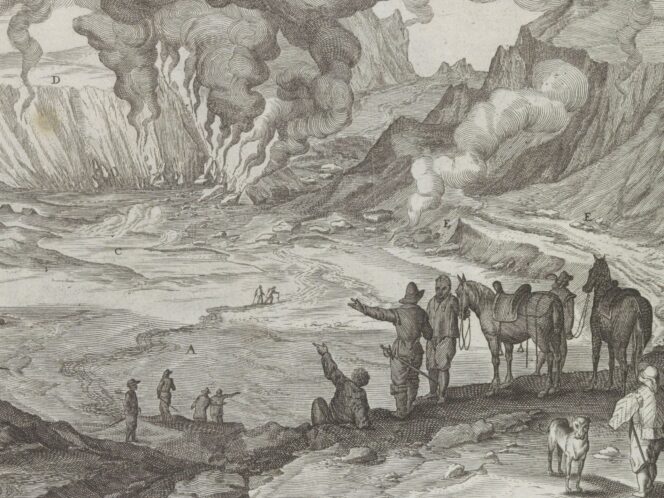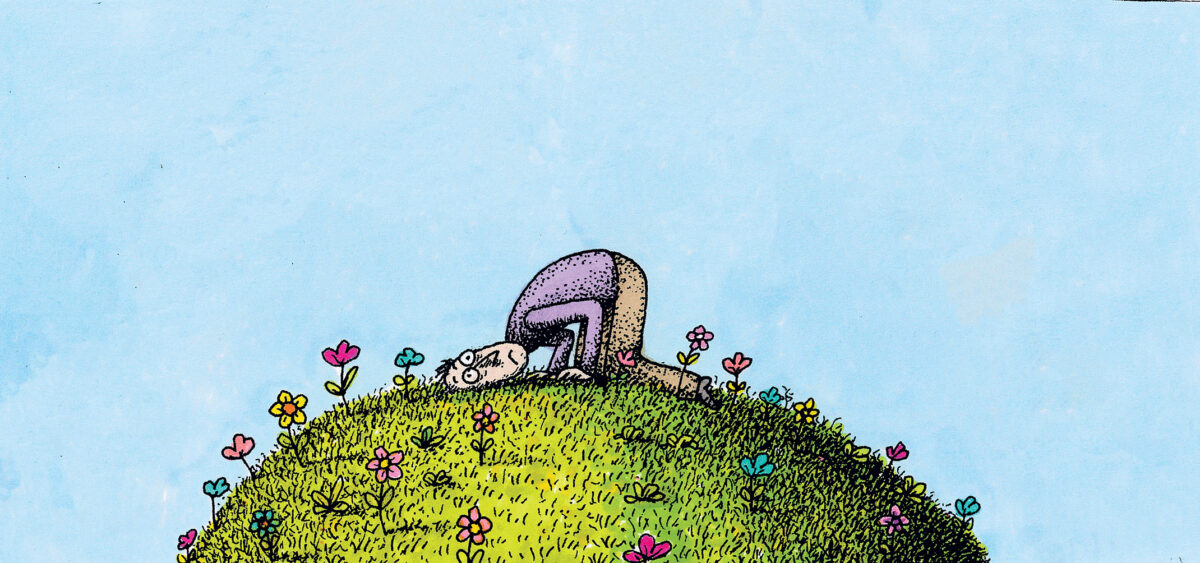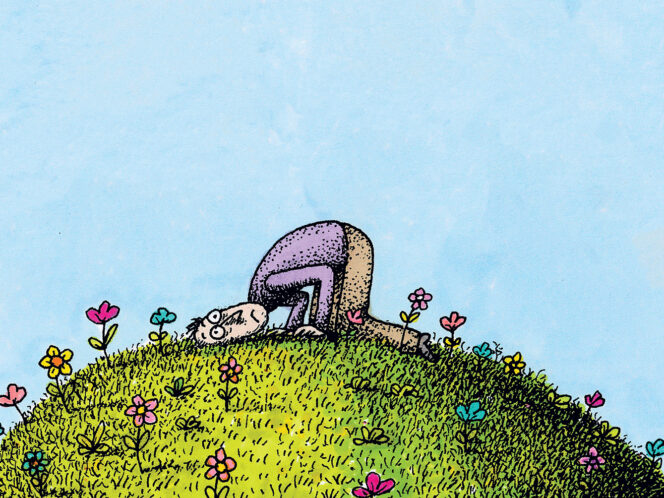
Beneath the Phlegraean Fields near Naples there’s a giant lake of liquid magma bubbling away. The entire area includes 24 craters and volcanic cones. An eruption could occur within the next few years.
Just under 40,000 years ago, at a point roughly in the middle of the Gulf of Pozzuoli – the western arm of the Bay of Naples – at least 150 cubic kilometres of magma gushed from the bowels of the Earth to the surface, and three times as much ash and stone shot high into the air. Apparently the climatic changes brought about by this incident were the reason why the Neanderthals died out, which in turn was to open the way for the development of modern man. In other words, it looks as if we are all children of the Phlegraean Fields, because that is the name (from the Greek φλέγω, phlego, ‘I burn’) the ancient Romans gave to the area covered by the hollow, or caldera, of this primaeval super-volcano. Or perhaps of a slightly younger one, dating back only 12,000 years, which erupted at the very centre of the original caldera, but over a slightly smaller area, with a diameter of about 13 kilometres, around today’s city of Pozzuoli (which is also the city where that volcano of femininity, Sophia Loren, is from). The scientists have identified a total of 24 craters and volcanic cones within the Phlegraean Fields, but we non-experts won’t be able to check, because most of them are under the waters of the gulf.
The ancient Romans identified natural passages from our world to the supernatural world at various sites within the Phlegraean Fields. The crater of Solfatara, located in its eastern part, was generally seen to be the entrance to the abode of the god Vulcan, while at its western end, on Lake Averno, there was a gaping cleft in the coastal hillside through which those who so wished – such as Virgil’s Aeneas – could pass through to the Land of the Dead. This is what the poet says about it:
spe








